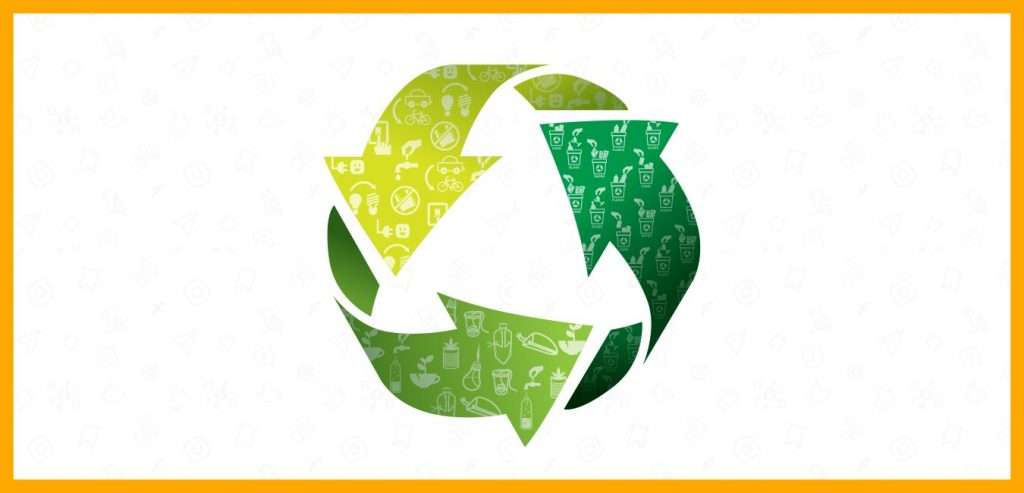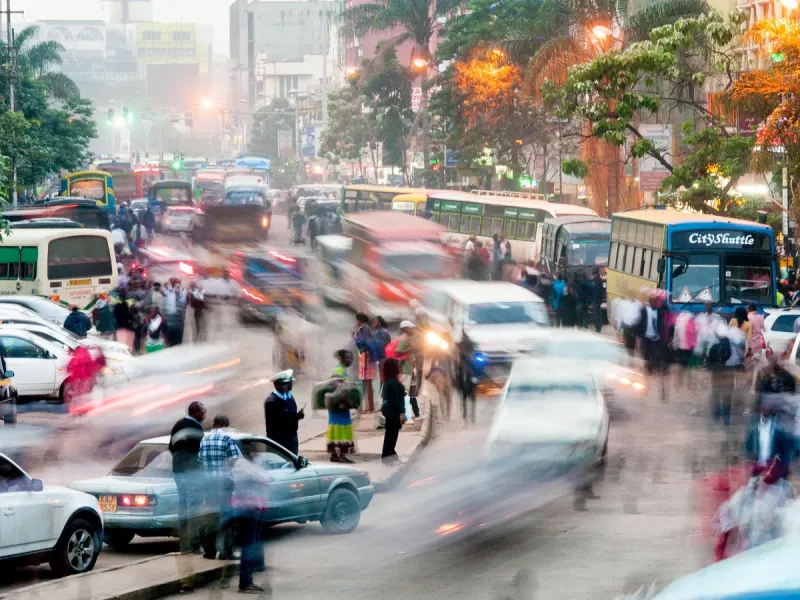You are unwinding after a long day at work and you decide to watch the news, or you probably pick a movie. Usually, you cannot skip seeing on the news or the movie these dustbins labeled “plastics”, “paper”, “glass”, and so on. You would see there is this person taking out the trash bags and putting them into different labeled bins. Do you know there is creativity in upcycling and recycling wastes? There is a system as to how these things go into the industry for recycling.
This does not insinuate that these countries do not have their problems when it comes to the waste system. However, Africa as a whole does not have a well-designed structure when it comes to the recycling of waste.
Earth Day is celebrated with the intention of creating awareness for people around the world to be more environmentally friendly. A glance at this is the example in Germany, where people bring their own shopping bags to reduce the amount of plastic bags that eventually go to waste. In some other countries, paper bags are incorporated.
However, in Nigeria, even something as small as sachet water – which is water enclosed in nylon – is placed inside another nylon upon purchase. The implications of this across the African continent? In 2010, 4.4 million tonnes of mismanaged plastic waste was the estimated number in Africa. That’s not the scary part. In 2025, this could rise up to 10.5 million tonnes.
There is an estimated 90% of waste being dumped on land, and only until recently is the recycling culture being taken up by some foundations to tackle this issue head-on. The results? Creativity has merged with waste management and now, alongside recycling, upcycling is coming to the forefront of saving the continent.
The #CreativityWillSaveUs project started at the emergence of Covid-19, but this is the truth that defines our existence on Earth. And with the new creative thinking around ideas on recycling and upcycling, it is just the very thing that will save us all in Africa and the world at large.
With days fixed for awareness of our environment such as the Global Recycling Day, World Environment Day, and as mentioned above, Earth Day, just how much are we paying attention to nature and the answers that lay in the waste around us?

Upcycling And Recycling: First Of All, What’s The Difference?
We are so used to hearing the word ‘recycle’, but what of upcycle?
Contrary to their usage in the same context, they are two entirely different things. Both deal with the reuse of waste products, but recycling connotes destroying waste in order to create something new while upcycling takes the waste in its current state and creates something new out of it.
The youths are waking up and embracing the idea of both in the current century. Upcycling, from its definition, has always been a part of the 5R’s of waste management: the Refuse, Reuse, Reduce, Repurpose and Recycle. The whole idea of upcycling was conceived in 1994 by Reiner Pliz, who referred to upcycling as a system where “old products are given more value, not less.”
An insight into Hong Kong brings forth an inventor, Gary Chan, who creates and designs ‘upcycling’ bikes by making use of waste materials as parts for his bikes. He invented at least eight bikes using waste as a huge part of the materials. Gary at Wheel Thing Makers uses useful waste such as leather from sofas, hardwood plates of wardrobes, or rubber tires from vehicle repair stores.
Even though upcycling is taken up gradually as the years go by, some interesting creative ideas have risen around the world. For example, in Canada every year, an estimated number of 100,000 single-use chopsticks are disposed of every single day in about 2,000 restaurants. In view of this, Felix Bock, the CEO of Chop Value upcycled bamboo chopsticks into home products and yoga blocks.
Upcycling is also used to create art. Romuald Hazoume, a Yoruba artist from the Benin Republic, is popularly known for his work in the Mask series, for the use of recycled and upcycled materials to form masterpieces. He uses disposed gasoline masks and fuel canisters to create artworks that resemble traditional African masks and has bagged many awards for them.
Even food can be upcycled! Food is wasted in massive amounts, and in return, Engineers have found a way to convert it into methane and can produce electricity and heat, and even compost.
The Creativity in Upcycling and Recycling Wastes in Africa

The creativity in upcycling and recycling wastes in Africa is not new. It has been implemented by some organizations in Nigeria as a way to alleviate poverty and create new ideas. In 2021, the African Waste Museum in Ibadan was opened. A one-of-a-kind, it showcases different wastes turned into art and educates on the problems of pollution and the culmination of the useful resources that go to waste every year.
This idea was brought forth by Mrs. Adejumoke Olowookere, Founder of The African Creative Sustainability Synergy Hub. She was also at the forefront of the Dangote Waste to Wealth initiative with the idea of imbibing the concept of waste management in young school children; a kind of ‘catch them young initiative’.
Not just in Nigeria. In Kenya, the founder of Gjenge Makers in Nairobi creates 1,500 bricks every day, made from the composition of different kinds of plastic. “Our product is almost five to seven times stronger than concrete,” said Matee. Her inspiration for her factory came from seeing the many plastic bags littered the streets. The issue of bags being scattered has been resourceful in Nigeria as well.
Northern Nigerian women have made a trade of converting waste bags and knitting them into durable shopping bags in the Waste to Wealth Recycling Program. Another example of this is Adejoke Lasisi who uses “pure water” sachets from the roads and weaves wool with them. “I began to pick them up,” she said in an interview with Al-Jazeera.
“I also began to think of what I could do with them. People were always complaining about the pure water nylon sachets everywhere. I worked out that it would be great to make these nylon sachets into colorful clothing.”
Adejoke Lasisi
Her works from this include slippers, purses, mats, school bags and so much more, and this has earned her recognition in partnering with organizations and winning grants both in the country and abroad for training people in her art.
Schools do not stop creativity, and in the case of Wasiu Arowolo who ached for formal education but was hindered because of finances, has found a practical way to go about his life by creating sought-after artwork. His idea was birthed by “listening to nature”, and he responded by creating art out of the waste dumped.

Africa’s Creativity In The Future Of Waste Management
The growing awareness from the media and organizations focused on sustaining the Earth goes to show that creativity is the language best communicated to solve issues as little as basic day-to-day activities and as large as global problems that threaten the health of our planet.
With the consequences of improper waste disposal, our only saving is “listening to nature” and focusing on creative solutions. The issues of climate change abound, and the mass pollution of an entire continent, filled with a large number of creative people in the world, can certainly do so much better.
We are no Greta Thunberg when it comes to activism, but in our own creative world, we can definitely come up with solutions that will impact us and our world at large, and of course, keep creativity forever propelled.




